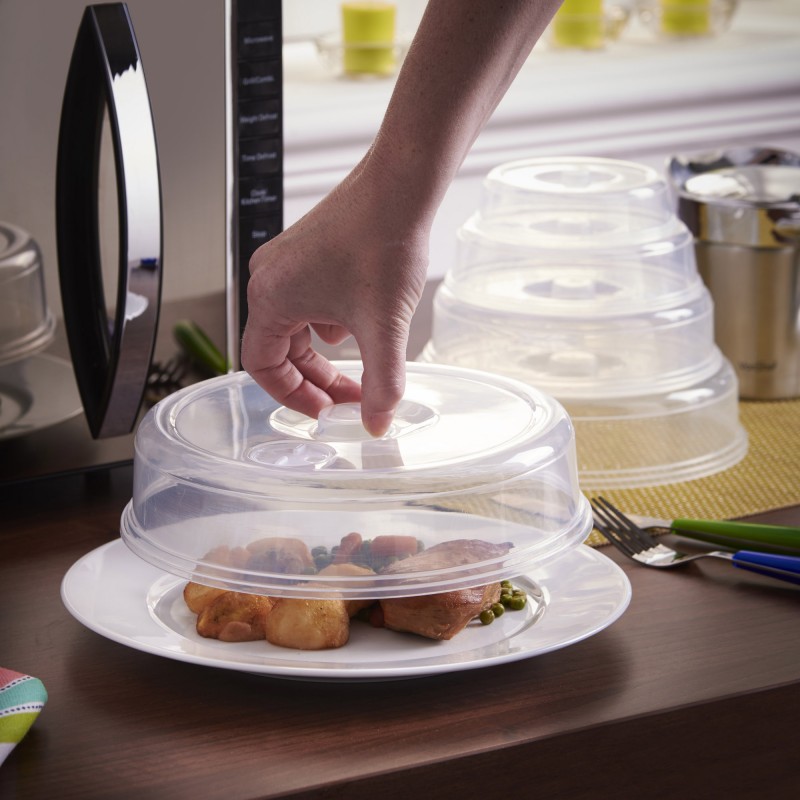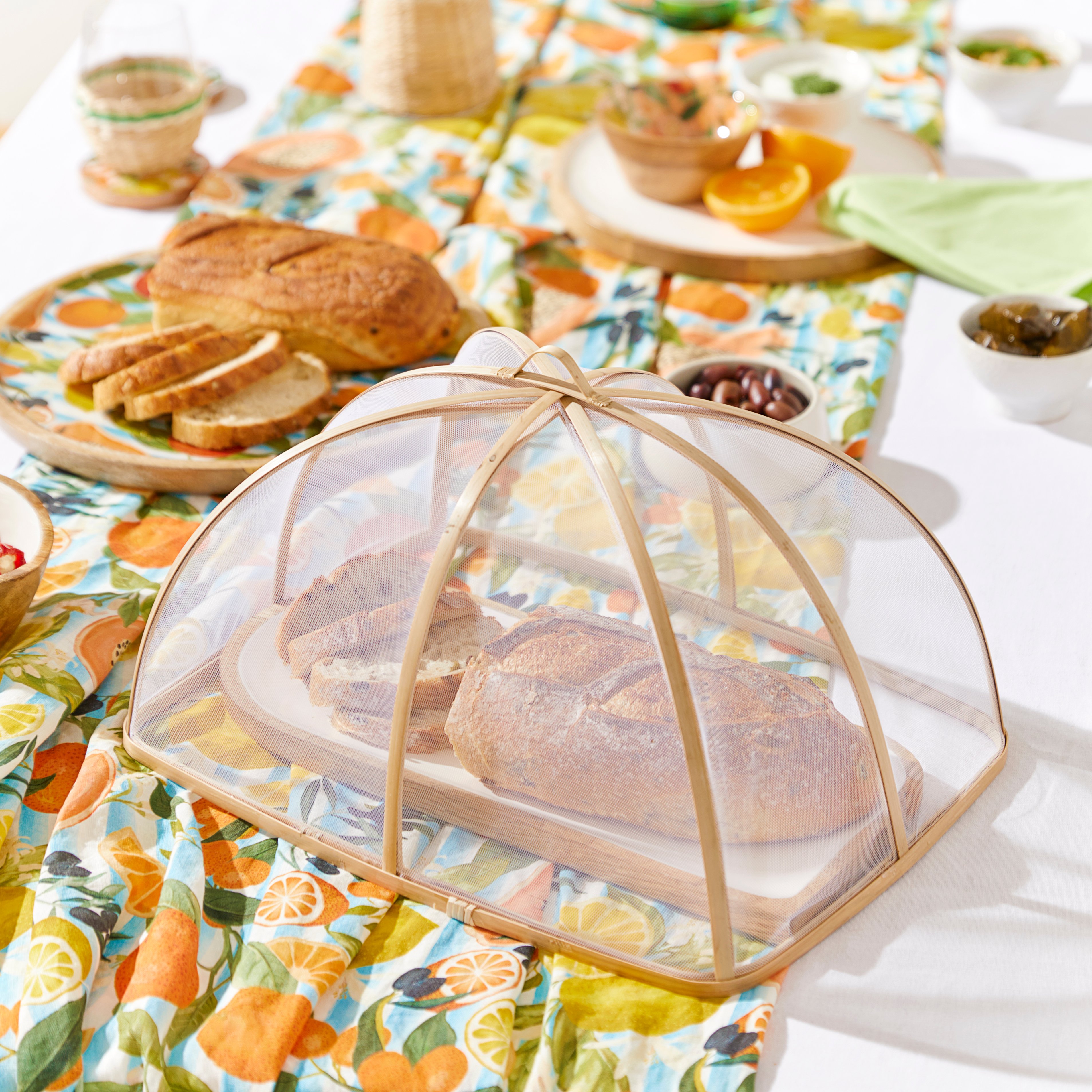Food covering embarks on a culinary expedition, unveiling the intricacies of preserving flavors, ensuring safety, and embracing creativity. From traditional techniques to cutting-edge technologies, this comprehensive guide delves into the fascinating world of food covering.
Our culinary journey explores the diverse materials used for food covering, unraveling their advantages and drawbacks. We uncover unconventional uses that transform food covering into a culinary canvas, fostering both functionality and aesthetic appeal.
Types of Food Covering Materials

To preserve the freshness and quality of food, various materials can be used as food coverings. Each material offers unique advantages and drawbacks, making them suitable for specific applications.
Plastic Wrap
Plastic wrap, commonly known as cling film, is a thin, transparent film made from polyvinyl chloride (PVC) or polyethylene (PE). It is highly flexible and stretchable, allowing it to conform to the shape of food containers and create an airtight seal.
Advantages:
- Excellent barrier against moisture and oxygen
- Transparent, allowing for easy food visibility
- Inexpensive and widely available
Disadvantages:
- Can leach harmful chemicals into food, especially when heated
- Not biodegradable, contributing to environmental pollution
- Can be difficult to remove cleanly from food
Aluminum Foil
Aluminum foil is a thin sheet of aluminum metal. It is highly malleable and can be shaped into various forms to cover food items.
Advantages:
- Excellent barrier against light, oxygen, and moisture
- Durable and can withstand high temperatures
- Reusable and recyclable
Disadvantages:
- Opaque, making it difficult to see food
- Can react with acidic foods, imparting a metallic taste
- Can be sharp and difficult to handle
Beeswax Wraps
Beeswax wraps are a sustainable alternative to plastic wrap. They are made from cotton or hemp fabric coated with a mixture of beeswax, jojoba oil, and pine resin.
Advantages:
- Biodegradable and compostable
- Reusable for up to a year with proper care
- Naturally antibacterial and antifungal
Disadvantages:
- Not as effective a barrier against moisture as plastic wrap
- Cannot be used to cover hot foods or liquids
- Can be more expensive than plastic wrap
Creative Uses of Food Covering
Beyond their primary purpose of preserving food freshness, food covering materials offer a range of creative and unconventional applications. From innovative storage solutions to culinary enhancements and visually appealing presentations, these materials can elevate the culinary experience.
Storage and Organization
Food covering materials, such as plastic wrap, aluminum foil, and beeswax wraps, can be used for efficient and space-saving storage. They can be employed to:
- Cover bowls and containers to prevent spills and cross-contamination.
- Line drawers and shelves to protect surfaces and absorb moisture.
- Wrap produce to extend its shelf life and prevent bruising.
- Create airtight seals on jars and bottles to preserve contents.
Cooking Techniques
Food covering materials play a crucial role in various cooking techniques. For instance:
- Sous vide:Plastic wrap is used to vacuum-seal food before cooking it in a water bath at a controlled temperature.
- Steaming:Aluminum foil can be used to create a makeshift steamer by lining a baking sheet and adding a small amount of water.
- En papillote:Food is wrapped in parchment paper or aluminum foil and baked in the oven, resulting in tender and flavorful dishes.
Presentation and Garnish
Food covering materials can enhance the visual appeal of dishes. Edible flowers, herbs, or other garnishes can be attached to food using plastic wrap or gelatin sheets. Aluminum foil can be shaped into decorative elements, such as stars or hearts, to adorn desserts or platters.
Environmental Impact of Food Covering
The materials used for food covering have significant environmental implications, from their production to disposal. Different materials have varying impacts, and understanding these impacts is crucial for making informed choices.
Single-use plastics, commonly employed in food covering, pose environmental concerns due to their non-biodegradability. They accumulate in landfills and oceans, contributing to pollution and harming wildlife. Furthermore, the production of plastic requires fossil fuels, leading to greenhouse gas emissions.
Sustainable Alternatives
To mitigate the environmental impact, sustainable alternatives to single-use plastics are emerging. These alternatives include:
- Biodegradable plastics:Made from plant-based materials, these plastics break down naturally in the environment, reducing waste accumulation.
- Compostable plastics:These plastics can be broken down into organic matter through composting, enriching soil and reducing landfill waste.
- Reusable containers:Glass, metal, and silicone containers can be washed and reused multiple times, eliminating the need for disposable materials.
- Beeswax wraps:Made from beeswax, cotton, and jojoba oil, these wraps provide a natural and reusable alternative to plastic wrap.
By opting for sustainable food covering materials, individuals can reduce their environmental footprint, contribute to waste reduction, and promote a healthier planet.
Design Considerations for Food Covering

The design of food covering materials plays a crucial role in their functionality and effectiveness. Several key factors should be considered when choosing or creating food covering materials to ensure optimal protection and preservation of food items.
Material Properties
- Breathability:Allows air circulation to prevent condensation and spoilage.
- Moisture resistance:Protects food from external moisture and humidity.
- Temperature resistance:Maintains food temperature and prevents spoilage.
- Durability:Withstands repeated use and handling.
- Transparency:Enables easy visibility of food contents.
Shape and Size
The shape and size of the covering should conform to the food item being covered. A snug fit prevents air pockets and moisture accumulation, while allowing for proper ventilation.
Ease of Use
- Easy to apply and remove:Facilitates convenient handling and storage.
- Washable or disposable:Offers flexibility and hygiene.
- Ergonomic design:Ensures comfort during use.
Sustainability
Environmental considerations should also be taken into account. Biodegradable or recyclable materials minimize waste and promote sustainability.
Food Covering in Different Cultures

Food covering practices vary widely across different cultures, reflecting unique traditions, customs, and beliefs. The choice and use of food covering materials are influenced by cultural norms, religious practices, and environmental factors.
In many Asian cultures, for example, food is often covered with lids or cloths to keep it warm and prevent contamination. In some African cultures, food is covered with banana leaves or other natural materials to retain moisture and enhance flavor.
In the Middle East, food is often covered with aluminum foil or plastic wrap to protect it from dust and insects.
Religious Influences
Religious beliefs also play a role in shaping food covering practices. In some Jewish communities, food is covered during the Sabbath to symbolize the separation between the holy day and the rest of the week. In some Muslim cultures, food is covered to prevent it from becoming impure.
Environmental Factors
Environmental factors can also influence food covering practices. In regions with hot and humid climates, food is often covered to prevent spoilage. In cold climates, food is covered to keep it warm.
Innovations in Food Covering Technology
Recent advancements in food covering technology are revolutionizing the way we preserve, protect, and enhance the quality of our food. These innovations are not only improving food safety and extending shelf life but also promoting sustainability and reducing food waste.
Biodegradable and Compostable Materials, Food covering
The growing awareness of environmental concerns has led to the development of biodegradable and compostable food covering materials. These materials are made from renewable resources such as plant-based cellulose or starch, and they decompose naturally without leaving behind harmful residues.
By using biodegradable food covers, we can reduce the amount of plastic waste in landfills and promote a more sustainable food system.
Active Packaging
Active packaging is an innovative approach that goes beyond simply covering food. These packaging materials incorporate active ingredients or technologies that interact with the food to enhance its quality or safety. For example, some active packaging contains antimicrobial agents that inhibit the growth of bacteria or mold, extending the shelf life of perishable foods.
Other active packaging materials release antioxidants or oxygen absorbers to prevent spoilage and preserve the nutritional value of food.
Smart Packaging
Smart packaging utilizes sensors and other technologies to monitor the condition of food in real-time. These packages can detect changes in temperature, humidity, or gas levels within the packaging, providing valuable information about the quality and safety of the food.
Smart packaging can also be used to track the location and distribution of food products, ensuring proper handling and storage throughout the supply chain.
Nanotechnology
Nanotechnology is also finding applications in food covering technology. Nano-sized materials and coatings can be incorporated into food covers to enhance their properties. For example, nano-coatings can create a barrier against moisture or oxygen, extending the shelf life of food.
Nanotechnology can also be used to develop self-cleaning food covers that inhibit the growth of bacteria and reduce the risk of foodborne illnesses.
Commonly Asked Questions
What are the most common materials used for food covering?
Plastic wrap, aluminum foil, and beeswax wraps are widely used materials for food covering.
How can food covering contribute to food safety?
Food covering helps prevent contamination by protecting food from exposure to air, moisture, and bacteria.
What are some creative uses of food covering?
Food covering can be used for sous vide cooking, creating edible decorations, and preserving herbs and spices.
How does food covering impact the environment?
Certain food covering materials, such as single-use plastics, can contribute to environmental pollution. Sustainable alternatives, like reusable wraps, are becoming increasingly popular.
